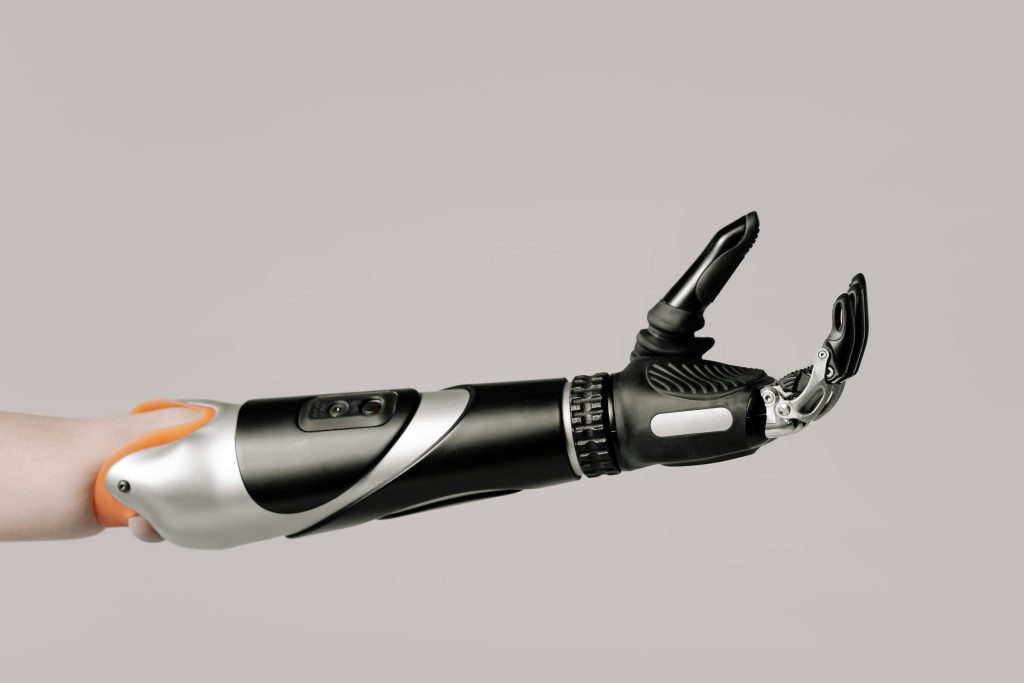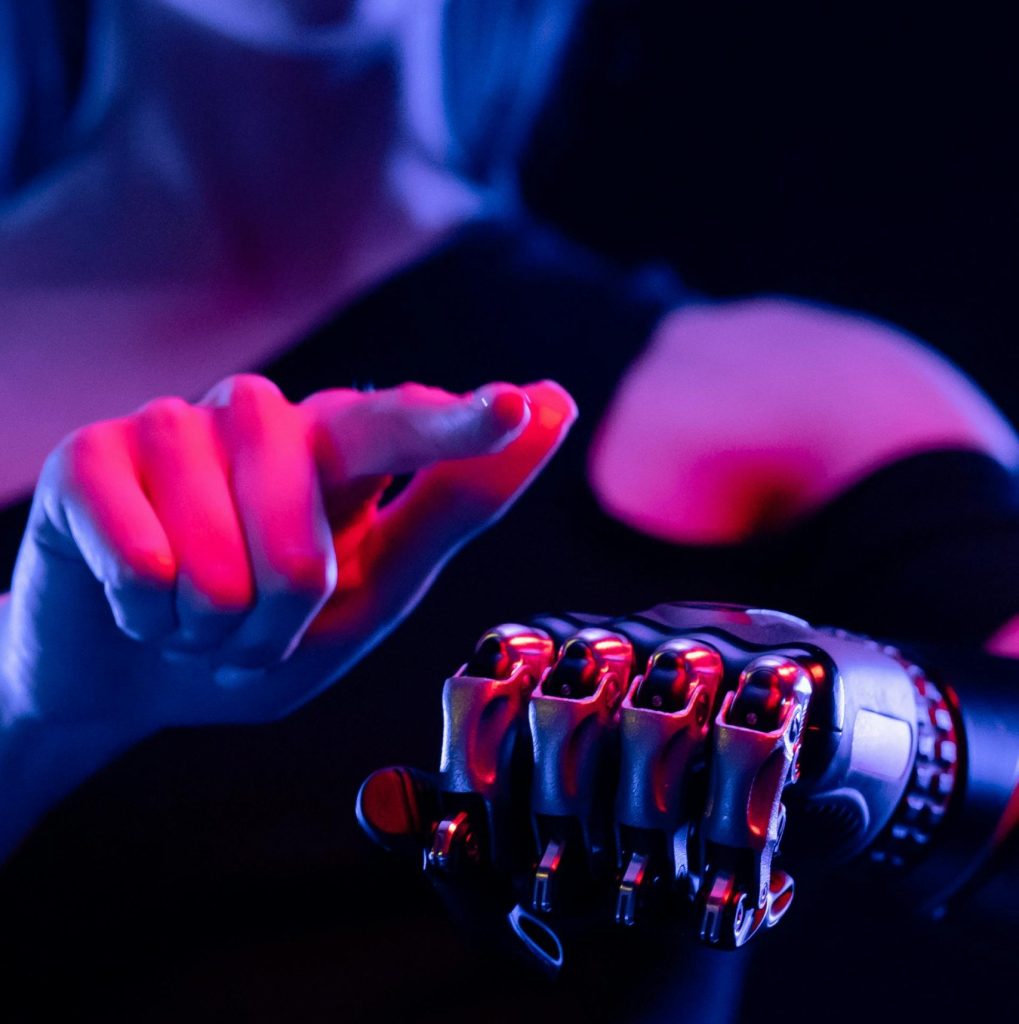The field of prosthetics has seen a revolution with the rise of bionic limbs—robotic prosthetics that can move, feel, and even respond to brain signals.
Using interfaces like EMG (electromyography) and brain-computer interfaces, modern bionic limbs allow users to control their prosthesis intuitively. Some devices even return sensory feedback, letting users “feel” textures or pressure.
This advancement is the result of deep collaboration between neuroscience, robotics, and materials science. AI also plays a key role by learning from the user’s movement patterns and adapting responses in real time.
Bionic technology isn’t just restoring movement—it’s restoring confidence, independence, and quality of life.
As these systems become more affordable and accessible, we are witnessing a future where human augmentation is no longer science fiction—it’s science in motion.



